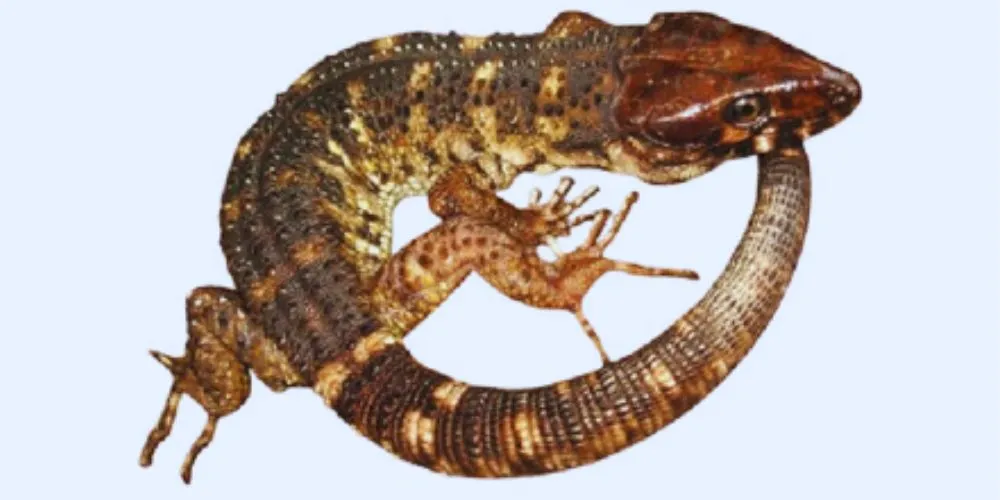Key Points
- A family of small “night lizards” survived the asteroid that killed the dinosaurs.
- They survived despite having small families and living in very limited areas, which goes against the common theory of survival.
- The lizards’ ancestors were likely living near the asteroid impact site in Mexico.
- Their survival story challenges what scientists thought they knew about how species endure mass extinctions.
A new study has found that a family of small “night lizards” somehow survived the massive asteroid impact that wiped out the dinosaurs 66 million years ago. What’s so surprising is that these lizards seem to have broken all the rules for what it takes to survive a mass extinction.
When the six-mile-wide asteroid hit the Earth, it unleashed a global catastrophe. The impact caused massive tsunamis, mega-earthquakes, and rained molten rock from the sky, starting worldwide fires. The dust and soot then blocked out the sun, plunging the planet into a dark, cold “impact winter” that killed off 75% of all species.
It’s a wonder anything survived. Scientists have long believed that the species that survived, such as the early ancestors of birds and mammals, did so because they had large populations spread across wide areas and could reproduce quickly.
But a new study from Yale University, published in Biology Letters, on night lizards tells a different story. By studying the DNA of living night lizards and comparing it to ancient fossils, researchers found that the ancestors of these lizards were likely to have lived near the asteroid impact zone in Mexico. Unlike other survivors, they had very small families, with females giving birth to only one or two offspring at a time. They also lived in very small, specific habitats.
This discovery completely upends the concept of survival. It shows that there is no single formula for weathering a global disaster. The night lizards’ surprising story could help scientists better understand which species are most at risk today as we face our own modern, human-driven extinction crisis.










